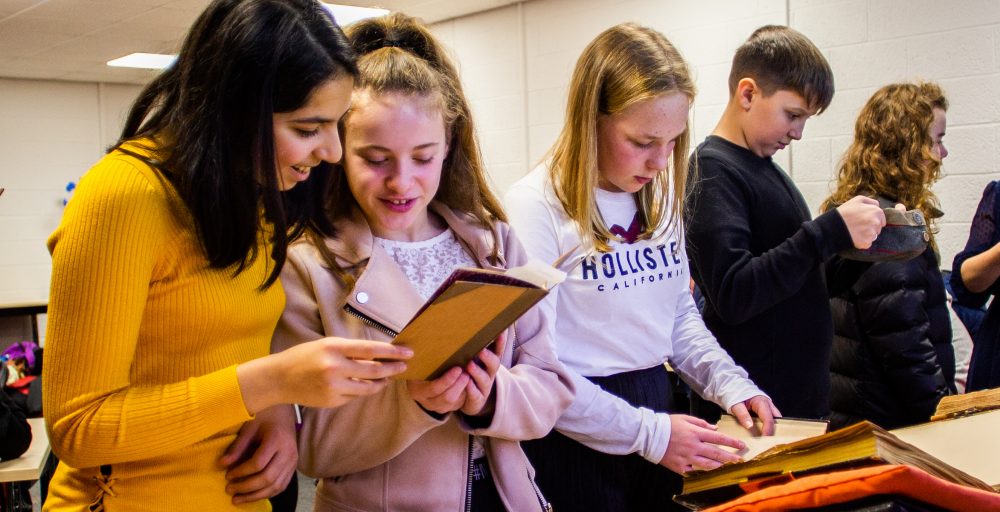Apologies, but no results were found for the requested archive. Perhaps searching will help find a related post.
Library Education Outreach
Schools projects inspired by our Special Collections and Archives


Apologies, but no results were found for the requested archive. Perhaps searching will help find a related post.